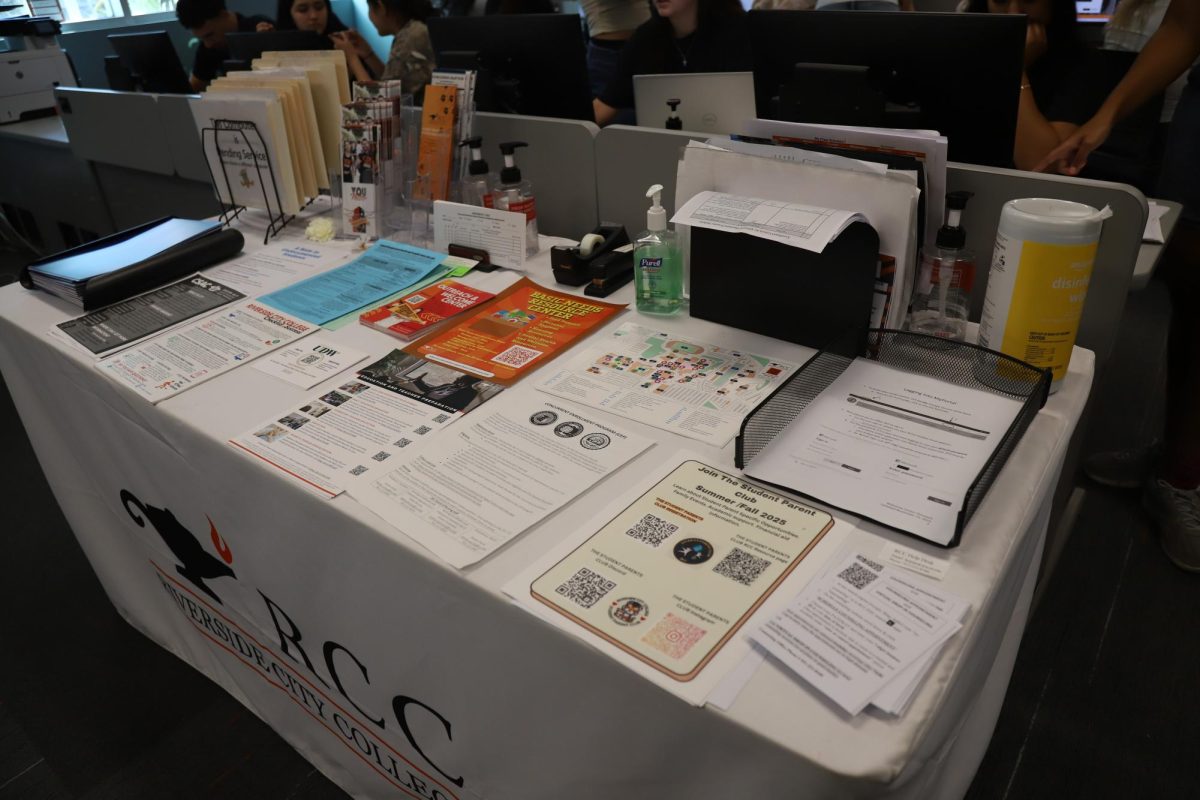
By Olivia Drobny
Words are important.
You are reading this newspaper and the words you are reading matter. Words shape arguments, describe emotions, paint mental pictures, show movement.
Today in America, we seem to have forgotten that words have meaning. We are an overconfident society that prefers reckless self-righteousness over truth and reality.
Our national political discourse is the perfect place to find the use of antagonistic and inappropriate vocabulary. The terms “Marxist” and “fascist” are commonly misused.
According to Rep. Louie Gohmert, R-TX, Sen. Bernie Sanders, I-VT, is a Marxist. According to Scott Baio, Democrats are simultaneously fascists and Marxist.
Dramatic trigger words are excellent for ratings, but what does sensational language do for our democracy? We throw these two words around, but do we really know what they mean?
Americans learn about political ideologies through a lens clouded by our own political biases. The dominant historical narrative is written by power-holders whose agenda is to advance their own interests.
Capitalist ideology is and always has been the United States’ primary motivator. This has been identified as such by American leadership throughout history.
To achieve these ends, the United States has waged physical wars in Afghanistan against the USSR, in Vietnam against the Viet Cong, and on the Korean peninsula against the Korean Peoples’ Army. Democratically elected governments in Bolivia and Argentina have fallen victim to covert CIA support for right wing political coups.
But, most important to this discussion, American citizens have been subjected to an aggressive propaganda campaign in their own country — in their own homes.
The hysteria of the Red Scare, a campaign spearheaded by Robert McCartney to root out communists and communist sympathizers, survives today. The communist enemy is so salient in the shared American psyche that there is no room for understanding. There is a bizarre patriotic pride in misinterpreting Marxist ideology.
Karl Marx, in his original manifesto, advocates for the decentralization of state and military power, a shared and planned economy, and a basic standard of living for every member of society.
While Marxism sits far to the left on the grand political scale, fascism takes its place on the far right.
Benito Mussolini’s National Fascist Party, the original fascist movement, proudly claimed the title. Although Mussolini himself was a Marxist for the first years of his life, he would eventually come to believe that Marxist ideals had failed. He abandoned them in favor of brutal totalitarian rule. Mussolini’s reign was categorized by a highly centralized government with a strict power hierarchy, a highly militarized police state, and persection of nonconforming groups like Jews and immigrants.
Anyone with a basic understanding of history and the political spectrum understands fascism and Marxism are incompatible ideologies that cannot coexist.
But what about the totalitarian regimes of paranoid despots Stalin and Mao? Indeed, these were horrible and violently repressive societies. There is no question.
However, these governments do not reflect an accurate representation of Marxist ideology. The roots of Lenin’s Soviet Union were based in Marxist philosophy, but a pure implementation of that ideology quickly withered away to make room for a highly centralized and militarized totalitarianism that is exceedingly similar to the fascist model.
Perhaps a more appropriate word to describe these regimes is “red fascism,” because based on the nature of Stalin & Mao’s governments, they are categorically not Marxist.
When pundits use these words — fascism and Marxism — in tandem without understanding the reality of their definitions, it erodes the quality of our democratic dialogue.
We must be intentional with our words, strategically choosing those that reflect exactly what we mean. Consistently bloating our vocabularies with powerful language indubitably causes division by triggering a breakdown in communication.






